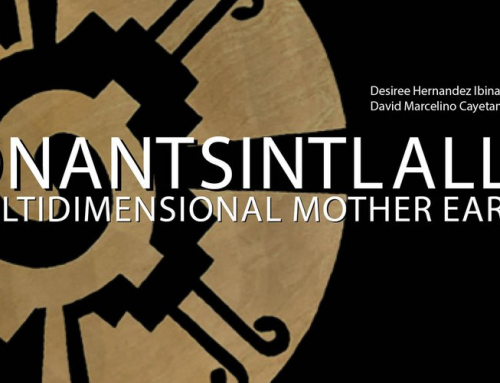Global design education in a nasty bind. There are hints of the dot com boom a decade ago. New products [courses] have been launched at a frantic rate in recent years. New buildings are springing up. Global aggregators have even started buying design schools; an obscure American multinational, Laureate Universities, purchased Domus Academy and Naba, recently.
But look at this chart.
Inflation in US college tuition fees is outstripping not just the cost of living, but even medical expenses. To a prospective student, that top line represents the promise of a $200-300,000 bill for a design qualification whose value, in these transitional times, has to be questioned.
The world’s top-ranking design schools are in a special bind. Their fixed costs per student are so high that they feel compelled to expand student numbers. To do that, they need more space, new buildings. London’s blue-chip Royal College of Art, for example, ‘needs’, in its own mind, to double or treble in size as soon as possible.
Their dilemma is that the best-selling products – or courses – are those that promise a quick entry into fashionable careers: car design, retail design, packaging design, digital design, hotel design, fashion.
These courses do not prepare students for the next economy. They churn out front-line troops for the one we have now.
India, in this context, has a unique, once-in-a-lifetime opportunity: to innovate a new kind of design education at the exact moment when the old world’s model is on its last legs – in terms of content, and in terms of affordability.
What the world needs – not just India – is a new kind of design education that:
– is based on new values;
– prepares students for the next economy, not the dying one we have now;
– focuses on service and social innovation;
– challenges traditional forms and models of ‘university’;
– is unique to its place, but is also globally networked.
What’s the best way to grasp this opportunity?
This is not the time for a leisurely debate about policy. Four new NID campuses are already being built as I write!
For me, as an outsider, the best response would be to start planting real seeds, right now, into India’s fertile ground. Different kinds of courses and learning models could be piloted and adapted to India’s multitude of different contexts.
These pilots would not require new campuses. They could use existing facilities. The main investment would be in people to co-ordinate them.
But what kinds of seeds?
India is not alone in needing to innovate new educational models. On every continent, outside its Big Tent – over there on the edge of the clearing – exotic new species of design and business education are emerging.
These new schools and courses have names like Yestermorow School, Deep Springs College, Kaos Pilots, School of Everything, Social Edge, Deep Democracy, Centre for Alternative Technology, Schumacher College, Living Routes, Gaia U, Crystal Waters, Horses Mouth, WOOF, The Art of Hosting. [I know of more than sixty these ‘seeds’ – but there are surely many more].
I do not suggest that these new models should replace mainstream institutions outright. And yes, of course, mainstream universities are innovating, too.
But these ‘outliers’ are where the real innovation is happening- in terms of content, form and business model.
Few designers, few policy makers, and few entrepreneurs, have even heard of these places. But they are significant, for me, because they meet the requirements of these new times. They can be the competition – or the collaborators – for design education in India and beyond.
But which ones to choose? In what combination? How to engage with them? This is where xskool comes in. We think of these new schools and projects as stepping stones on a learning journey across the river to the next. Our idea is to provide a kind of larning travel service that guides you on your learning journey.
But more on that later.





